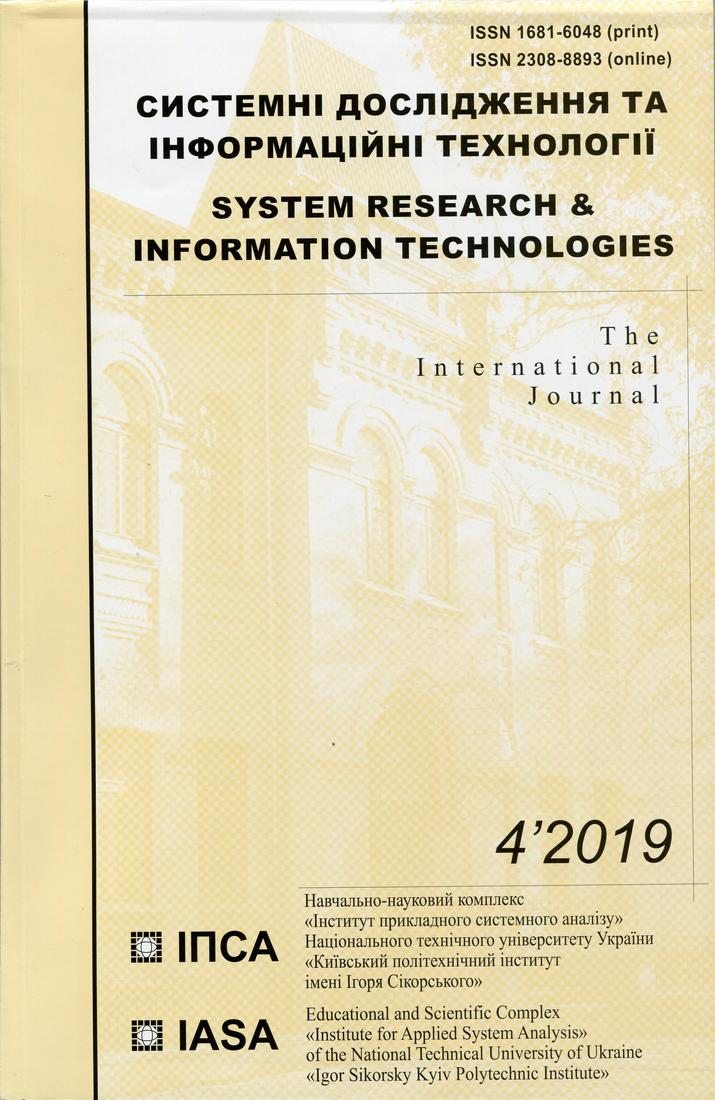Forecasting SO2 emission of Kilauea volcano using intelligent method of data analysis
DOI:
https://doi.org/10.20535/SRIT.2308-8893.2019.4.03Keywords:
neural networks, volcanology, fuzzy logic, LSTMAbstract
Kilauea is one of the most active and well-known volcanoes in the world and most of our knowledge of volcanism originates from its research. During a long study of volcanoes, many different methods of forecasting their activity were proposed, from the seismological analysis to the statistical analysis of their emissions. However, a comprehensive analysis of data arrays with the help of intelligent methods of data analysis has not been carried out before. Using fuzzy data processing methods, a neural network, volcanic and atmospheric indicators, we forecast emissions SO2 for a period of one to three months.References
Hawaii Volcanoes National Park (N.P.), natural resources management plan. — Hawaii: Department of the Interior, 1974. — P. 32.
Shimozuru D. A seismological approach to the prediction of volcanic eruptions / D. Shimozuru // The Surveillance and Prediction of Volcanic Activity. — Paris, 1971. — P. 19–45.
Aiello G. Volcanoes: geological and geophysical setting, theoretical aspects and numerical modeling, applications to industry and their impact on the human health / G. Aiello. — London: IntechOpen, 2018. — 285 p.
Gvishiani A.D. Artificial intelligence and dynamic systems for geophysical applications / A.D. Gvishiani, J.O. Dubois. — Berlin: Springer, 2011. — P. 239–283.
Zobin V.M. Introduction to volcanic seismology / M. V. Zobin. — Amsterdam: Elsevier, 2017. — P. 29–43.
Elias T. Sulfur dioxide emission rates of Kilauea Volcano, Hawaii, 1979–1997. Menlo Park, CA: U.S. / T. Elias // Geological Survey. — 1998.
Carey R. Hawaiian volcanoes: from source to surface / R. Carey. — Washington, D.C: American Geophysical Union, 2015. — P. 393–404.
Poland M.P. Characteristics of Hawaiian volcanoes / M.P. Poland, T.J. Takahashi, C.M. Landowski. — Reston, Virginia: U.S. Department of the Interior, U.S. Geological Survey, 2014. — 429 p.
Helz R.T. Whole-rock analyses of core samples from the 1988 drilling of Kilauea Iki lava lake, Hawaii / R.T. Helz, J.E. Taggart // Open-File Report. — 2010. — doi: 10.3133/ofr20101093
Bhargava A.K. Fuzzy set theory fuzzy logic and their applications / A.K. Bhargava // Ram Nagar, New Delhi: S CHAND & CO LTD, 2013. — P. 315–348.
Goodfellow I. Deep learning. Cambridge / I. Goodfellow, Y. Bengio, A. Courville. — MA: MIT Press, 2017. — P. 408–412.

